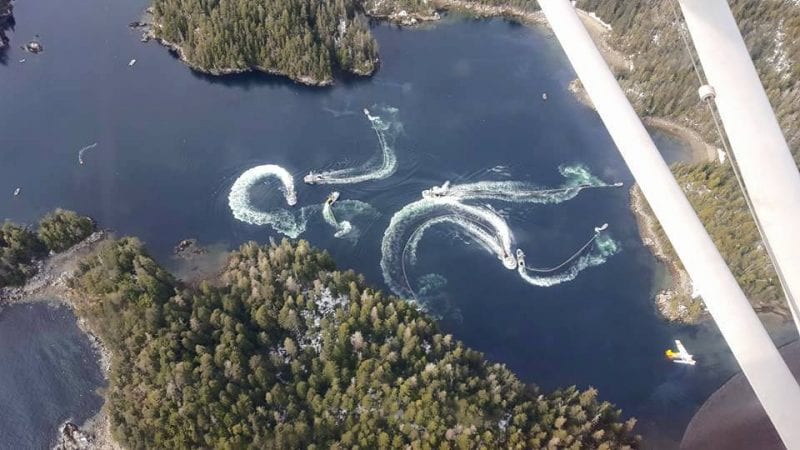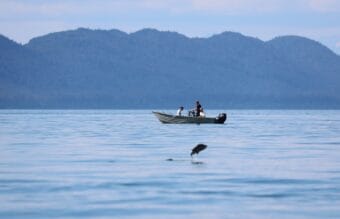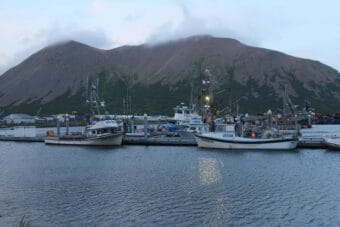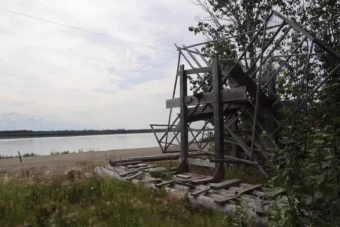
State environmental regulators announced Monday they’re expanding radiation testing of commercially harvested Alaska seafood, including crab, using a gamma radiation detector at a state laboratory in Anchorage. That’s thanks to continued federal funding from the Food and Drug Administration.
A devastating earthquake and tsunami off the coast of Japan in 2011 killed tens of thousands and crippled the Fukushima Dai-ichi nuclear plant, which released radioactive material into the air and ocean.
That led to global concern about the safety of Pacific seafood. Alaska began screening fish samples in 2014. It now routinely tests prime export products, including Bristol Bay salmon and Bering Sea pollock, to reassure consumers that Alaska seafood is safe.
State Department of Environmental Conservation chief veterinarian Bob Gerlach told CoastAlaska that the screening has “not detected any elevated levels that are deemed harmful for consumption or for the health of the animal.”
Gerlach runs Alaska’s seafood monitoring program. He says the agency is now finalizing plans to begin testing several species of crab to capture more of the complex marine food web.
“What we’re hoping to do now with the other species is look at not just maybe these top predatory feeders, but actually some lower levels of fish in the bottom of the food chain,” Gerlach said.
He says the goal is to make sure the state is “evaluating the entire ecosystem of the North Pacific and Bering Sea.”
Environmental concern continues from the fallout of Japan’s worst commercial nuclear disaster. The Japanese government announced plans this month to release 1.25 million tons of stored radioactive seawater in the next two years.
Alaska seafood is a multibillion dollar industry. The Alaska Seafood Marketing Institute says two-thirds of the nation’s seafood is landed in Alaska ports.



